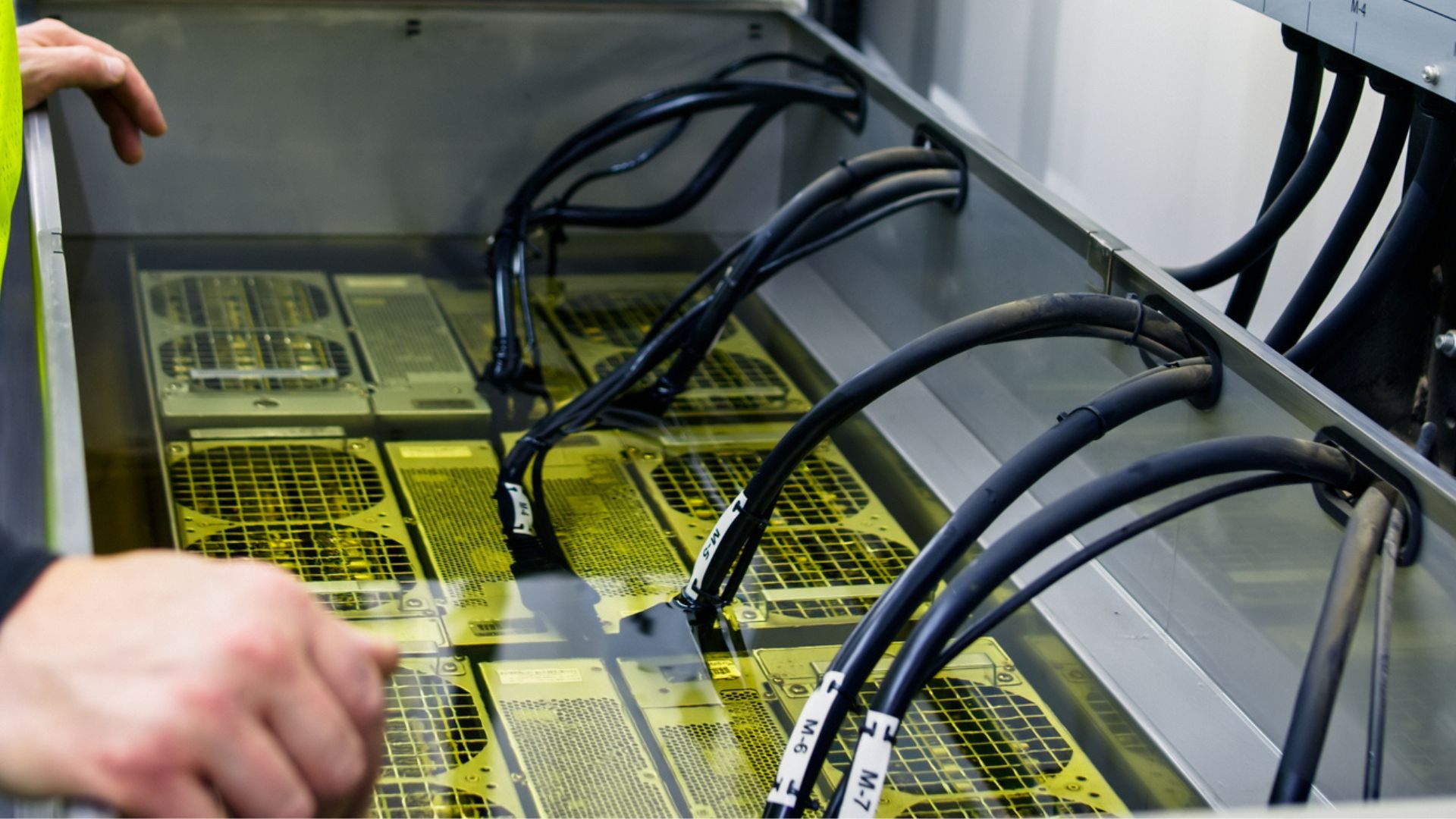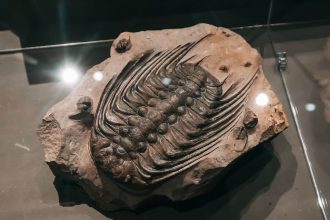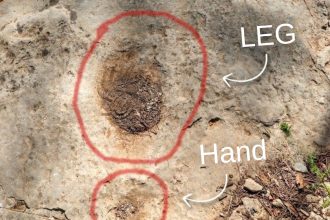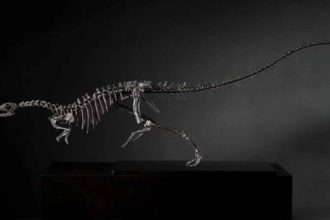Researchers in the United States have made a groundbreaking discovery that challenges a 165-year-old principle in physics, potentially paving the way for significant advancements in energy efficiency. They highlighted that the material’s unique design enables it to absorb and emit thermal radiation across a wide range of infrared wavelengths.
Because of this material design, the infrared wavelength range where the thermal radiation has multiple resonance peaks, meaning the structure absorbs and emits thermal radiation over multiple wavelengths, so we expect to see the effect over a broad wavelength band,
– One researcher remarked.
A notable feature of this innovative material is its ability to be transferred onto various substrates. Alireza Kalantari Dehaghi, a co-first author and doctoral student, explained that this versatility allows for integration into diverse devices, enhancing efficiency in energy conversion and heat transfer.
This technology’s potential extends to more effective energy harvesting. Co-first author Zhenong Zhang elaborated on the limitations of traditional solar cells, which, according to Kirchhoff’s law, are required to emit some of the energy they absorb back into the sun. “In the case of reciprocal solar cells for harvesting solar energy, for example, the solar cell needs to emit optical energy back to the sun as required by the Kirchhoff’s law. This part of the energy that goes back to the sun is wasted,” Zhang noted.
He further explained,
However, if we can have nonreciprocal emitters, we can send the emission toward a different direction. Then we could place another solar cell there to absorb this part of energy, increasing the overall power conversion efficiency.












